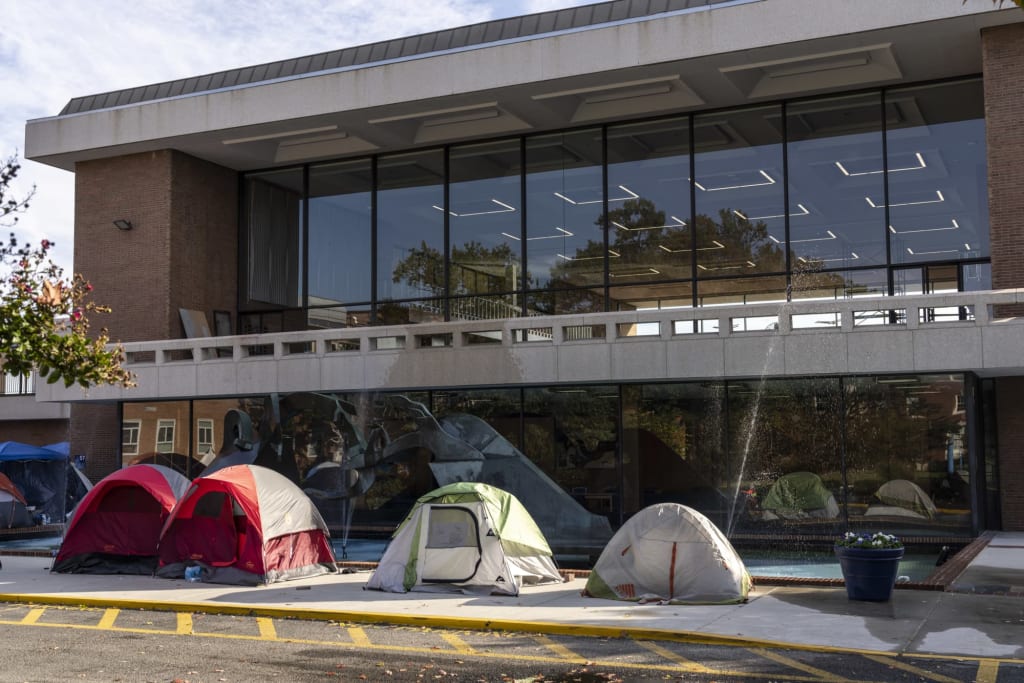After weeks of protests and demands for change, the demonstrations at Howard University have officially come to an end. The protests, which were sparked by allegations of financial mismanagement and student mistreatment, have placed the prestigious HBCU in the spotlight and shed light on some of the pressing issues facing the university.
The student-led protests began in mid-October, with students demanding transparency from the university’s administration and calling for the resignation of several key officials. Students also raised concerns about the conditions of on-campus housing and the overall campus climate, citing instances of racism and discrimination.
As the protests gained momentum, the university administration responded by initiating dialogue with student leaders and forming task forces to address the grievances raised by the student body. Additionally, Howard University President Wayne A.I. Frederick released a statement acknowledging the concerns of the students and expressing a commitment to implementing necessary changes to address them.
One of the primary outcomes of the protests was the formation of a Student Bill of Rights, which outlines the rights and responsibilities of students at the university. The document includes provisions for transparency in decision-making, accountability from university officials, and a commitment to fostering a safe and inclusive campus environment.
The protests at Howard University have not only highlighted the importance of student activism and advocacy but have also led to meaningful changes within the institution. By coming together and demanding accountability from their administrators, Howard students have demonstrated the power of collective action in effecting positive change.
Moving forward, it will be crucial for the university administration to uphold their commitments to address the concerns raised by students and to work towards creating a more equitable and inclusive campus community. The protests may have ended, but the work of building a better Howard University is far from over. Students, faculty, and administrators must continue to collaborate and engage in open dialogue to ensure that the university remains a place where all members of the community feel safe, valued, and heard.
In the end, the protests at Howard University serve as a powerful reminder of the importance of standing up for one’s beliefs and fighting for justice and equity. By coming together and demanding change, students at Howard have set an example for others to follow and have shown that progress is possible when we work together towards a common goal.
